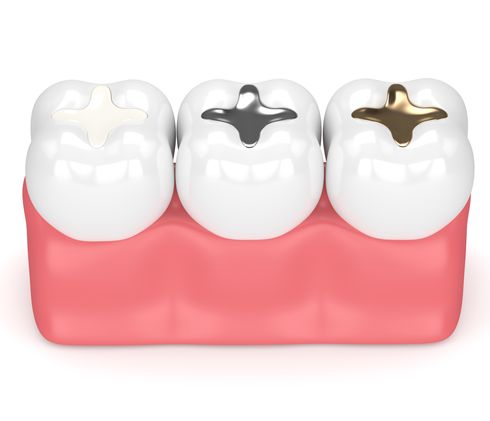Help maintain your child’s dental health
There are a few types of restorative procedures used to improve the shape or strength of a tooth like fillings or crowns.

Traditional dental restoratives, or fillings, may include gold, porcelain, or composite. Newer dental fillings include ceramic and plastic compounds that mimic the appearance of natural teeth. These compounds, often called composite resins, are typically used on the front teeth where a natural appearance is important. There are two different kinds of fillings: direct and indirect. Direct fillings are fillings placed directly into a prepared cavity in a single visit. Indirect fillings include inlays or veneers fabricated with ceramics or composites and generally require two or more visits.
We truly care about your child’s health and happiness. Reach out to get your child’s appointment scheduled. We can’t wait to see you.